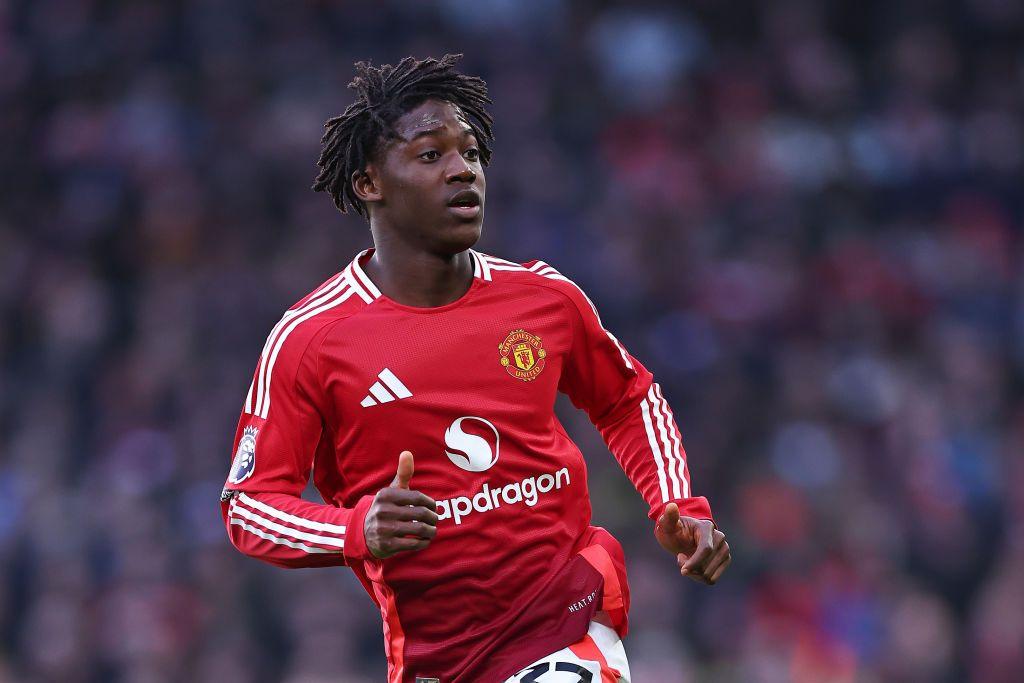Why do clubs gain more from selling youth players?
- Published
Selling players who have graduated from the academy can be a financial goldmine for football clubs.
The basis for that benefit is an accountancy practice called amortisation, which involves a business spreading the cost of an asset over an extended period.
Using amortisation to spread costs is a method football clubs use to abide by financial fair play rules for continental competitions and domestic leagues, including the Premier League's Profit and Sustainability (PSR) regulations.
What happens when a club buy a new player?
In the accounts of clubs, players count as assets. Each player has an amortised value.
It has become common practice in football for clubs to amortise (spread) the transfer fee they pay for any new signing.
For example, if a new player is signed for £80m on a four-year contract, amortisation means that fee is listed as £20m per year for four years in the club accounts.
Spreading expenses over a longer period of time using amortisation is a way for clubs to create more space in their accounts.
That could then allow them to spend more money on new players in a single window, because as far the financial records show, the full cost of the transfer fees they agree to pay isn't counted until far further down the line.
What happens when a player is sold?
In contrast to the spreading out of player purchases, sales of players are typically counted in full in one year's accounts.
Every player on a club's books has their amortised value decrease each year.
Let's take our £80m player signed on a four-year contract from earlier as an example. After two years, the player's amortised value in his club's accounts is £40m. That summer, he is sold for £50m.
Despite that figure being £30m less than the fee his club originally paid for him two years ago, in the club's financial accounts this reads as a £10m profit, because it is higher than his amortised value of £40m.
Why is selling youth players so valuable?
Youth players automatically have very low amortised values, because little no transfer fee was paid for them in the first place. Whatever price they are then sold for can be counted as almost 'pure profit' in the accounts.
So as far as the accounts go, Chelsea's sale of Conor Gallagher to Atletico Madrid last summer for £33m was more far more valuable to them than the departure of Romelu Lukaku to Napoli for £30m, because the former came through the academy while the latter was signed for a very high transfer fee.
With Chelsea having spent many hundreds of millions of pounds on new players signing long contracts in recent transfer windows, amortisation means high-value sales of academy graduates such as Gallagher, Mason Mount, Lewis Hall and Ian Maatsen have helped them abide by football's financial rules.
Could this lead to a transfer for Kobbie Mainoo?

Kobbie Mainoo has been linked with a shock move from Manchester United
Recent reports indicate Manchester United could be willing to sell midfielder Kobbie Mainoo, and that Chelsea would be in pole position to sign him in the event a transfer materialised.
United, having spent about £200m on new players last summer before also paying significant compensation to sack Erik ten Hag and hire Ruben Amorim, are in a tough financial position. As things stand, the club need to sell players before they buy any, in order to abide by PSR rules.
That could make the sale of 19-year-old Mainoo, who joined the club's academy aged seven, very valuable to United and something their hierarchy considers more seriously.
Since falling out of favour with new boss Amorim, United forward Marcus Rashford has also been strongly linked with a transfer.
If Rashford is sold, his transfer fee would also represented 'pure profit' in the club's accounts.